I'm having a hard time trying to create a function with a for loop that takes the columns in a data frame and creates different plots based on the column name.. I have read through multiple different related questions on SO, for example, 1: Creating function to use loops with ggplot2 [2]: Looping over variables in ggplot but nothing has worked for me so far.
Sample Data:
philly_df_new <- structure(list(DATE = structure(c(14610, 14611, 14612, 14613,
14614, 14615, 14616, 14617, 14618, 14619, 14620, 14621, 14622,
14623, 14624, 14625, 14626, 14627, 14628, 14629), class = "Date"),
HOURLYDewPointTempC = c(0, -8.9, -15, -12.2, -11.7, -10.6,
-8.3, -4.4, -12.2, -17.2, -12.8, -6.1, -10.6, -7.8, -5.6,
-2.2, 0.6, 3.9, 0.6, -3.3), HOURLYSeaLevelPressure = c(30,
29.79, 29.78, 29.76, 29.81, 29.78, 29.89, 29.87, 29.98, 30.25,
30.27, 30.13, 30.22, 30.23, 30.21, 30.23, 30.14, 29.49, 29.95,
29.92), DAILYDeptFromNormalAverageTemp = c(-1.7, 2.4, -6.4,
-10.3, -6.2, -5.1, -1, -1, -5.9, -10.8, -11.8, -9.7, -3.7,
-1.7, -1.6, 4.4, 4.4, 6.4, 8.4, 4.3)), .Names = c("DATE",
"HOURLYDewPointTempC", "HOURLYSeaLevelPressure", "DAILYDeptFromNormalAverageTemp"
), row.names = c(NA, -20L), class = c("tbl_df", "tbl", "data.frame"
))
Different Codes I have tried:
Plot_Graph<-function(x,na.rm=T){
nm=names(x)
for (i in seq_along(nm)) {
print(ggplot(x,aes_string(x="DATE",y=i) +
geom_point()))
}
}
Plot_Graph(philly_df_new)
colNames <- names(philly_df_new)[2:4]
for(i in seq_along(colNames)){
plt <- ggplot(philly_df_new, aes_string(x="DATE", y = i)) +
geom_point(color="#B20000", size=3, alpha=0.5,na.rm = T)
print(plt)
}
When I run the first function I get this error message
Error: Mapping should be created withaes()oraes_(). When I run the second function I get a plot with the same plot over and over with a horizontal line.I have tried more ways then this but for minimal purposes I'll show those two. I want to create a time series plot for each column like this:




